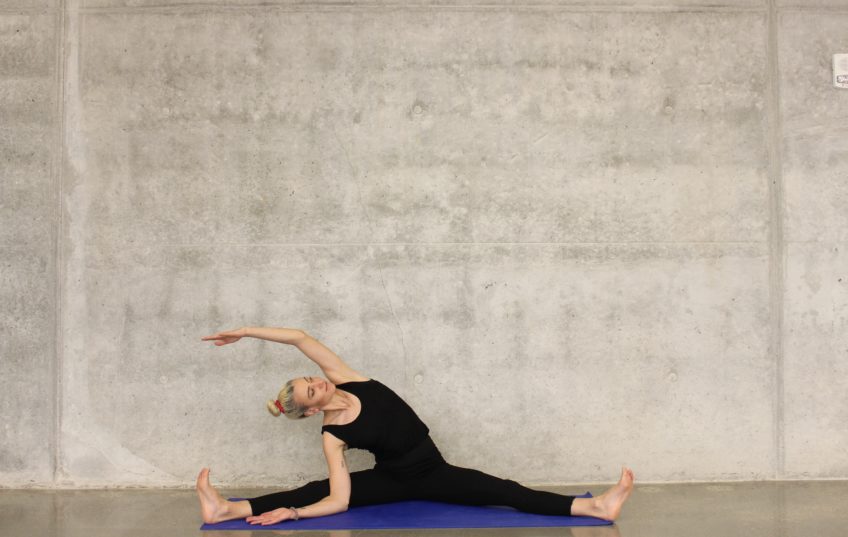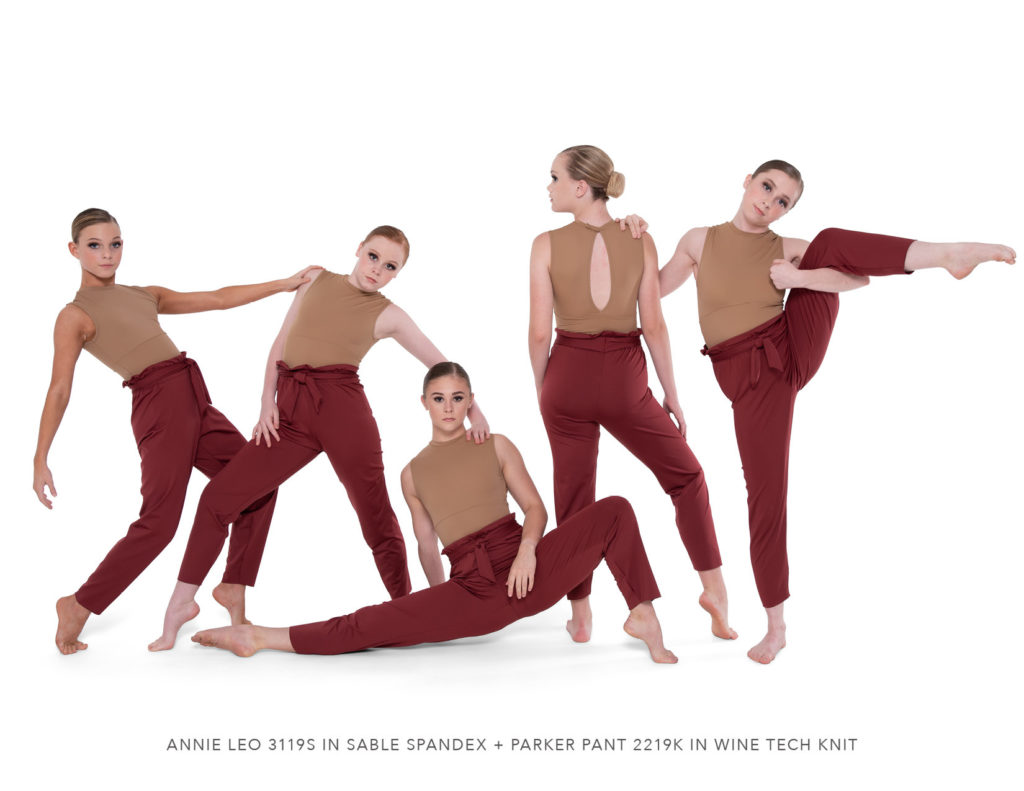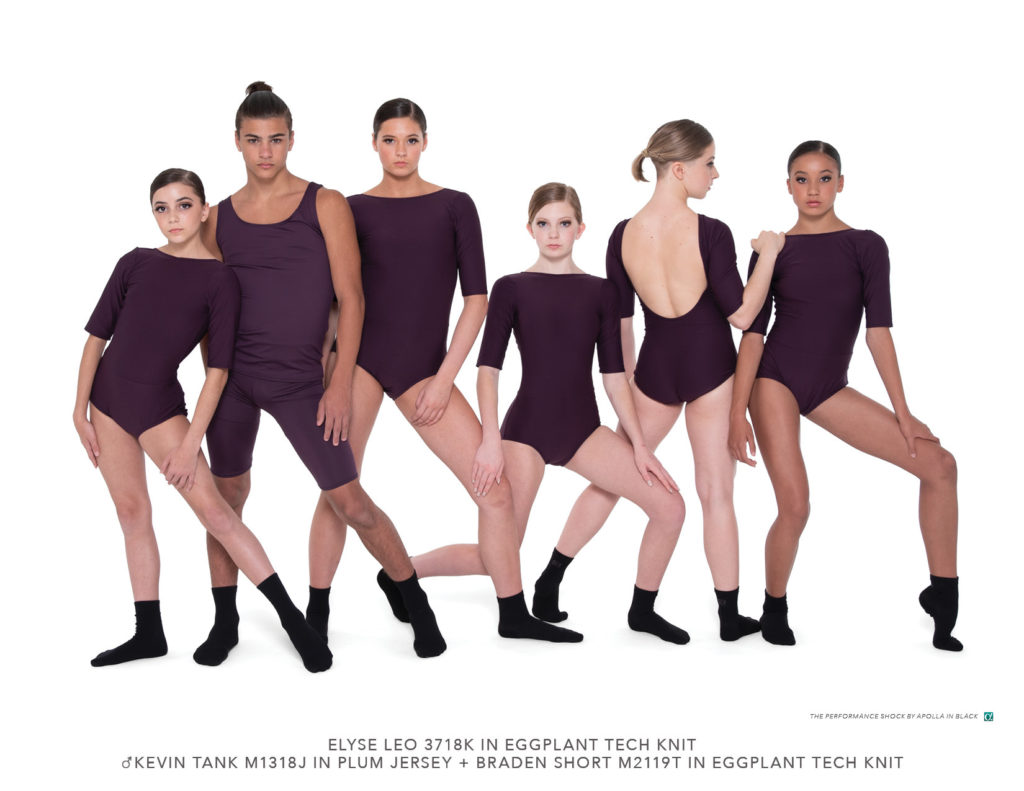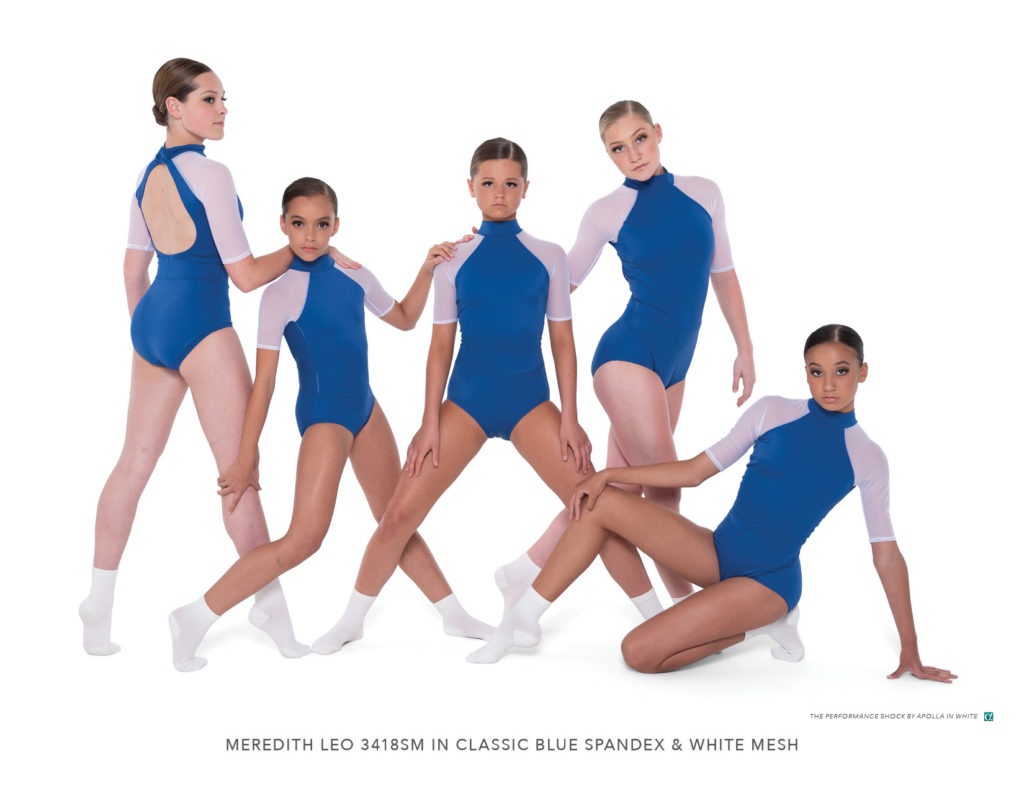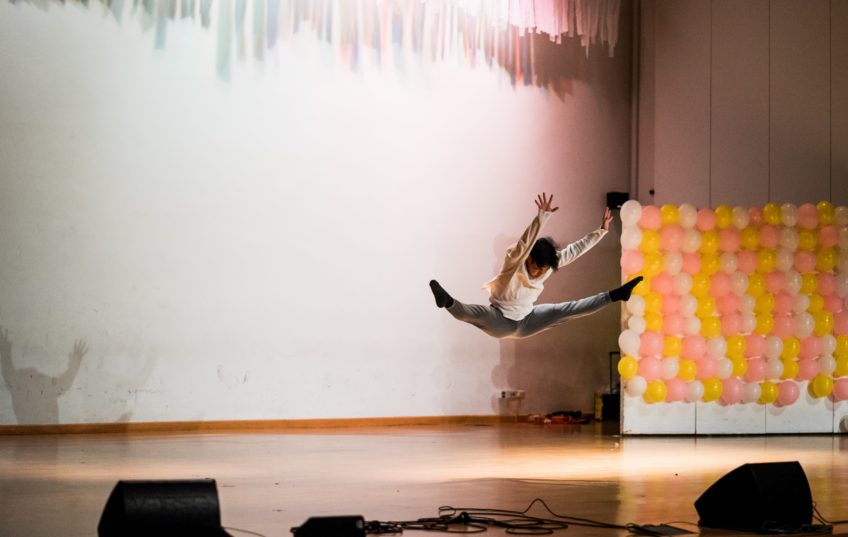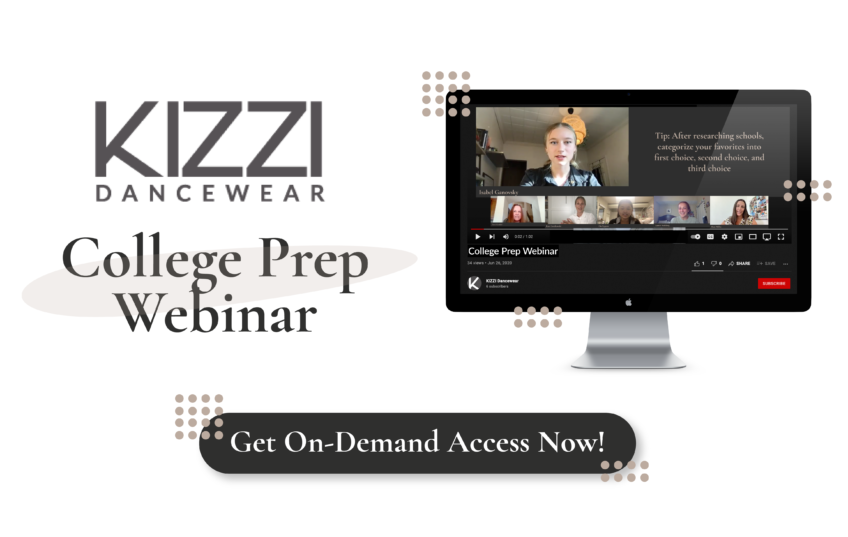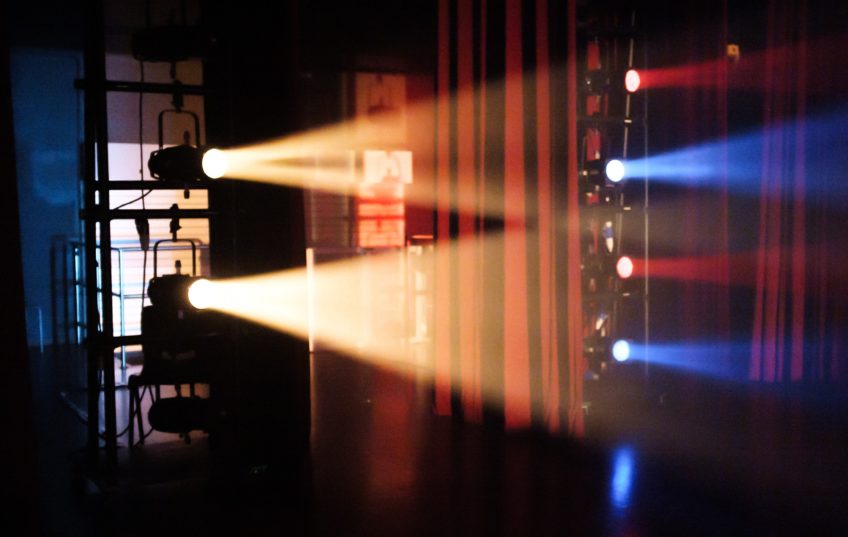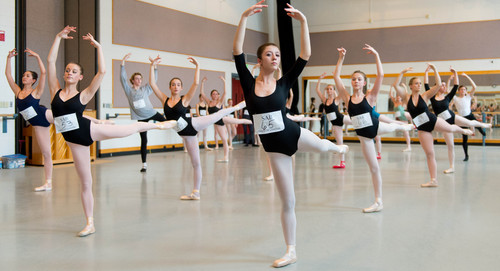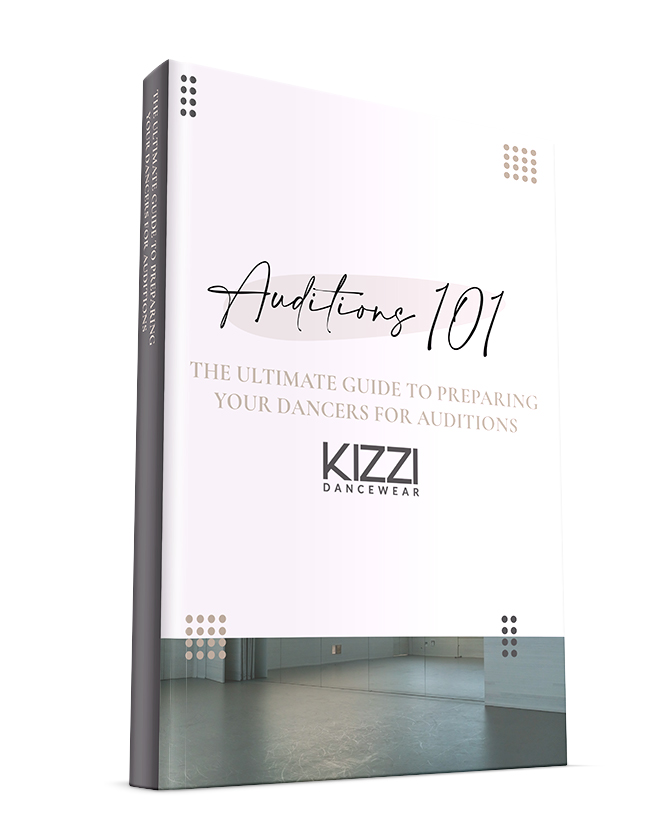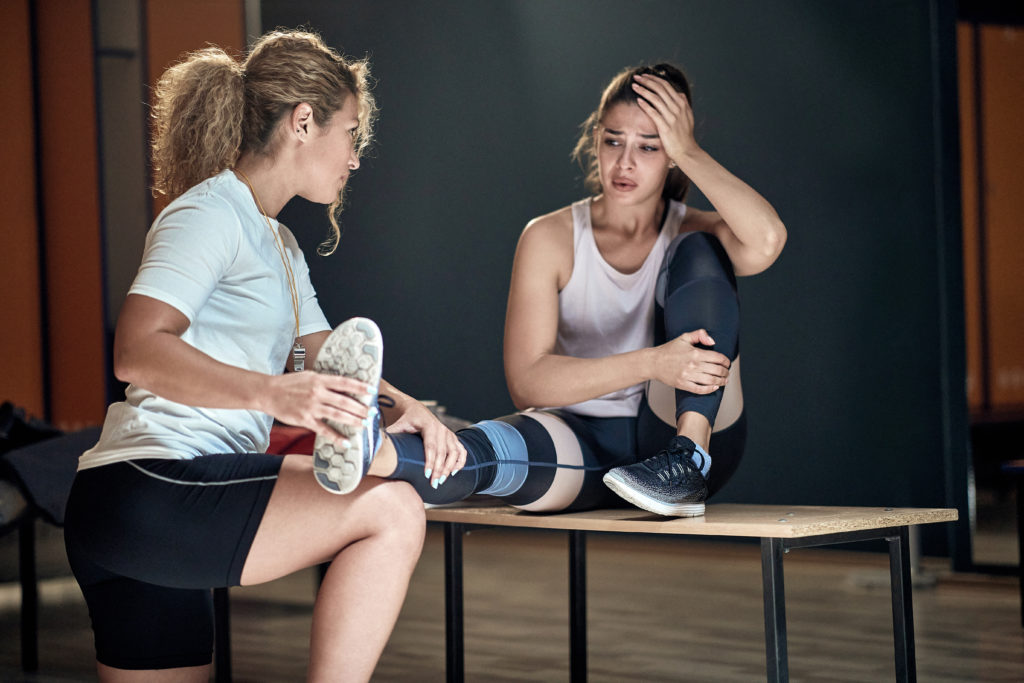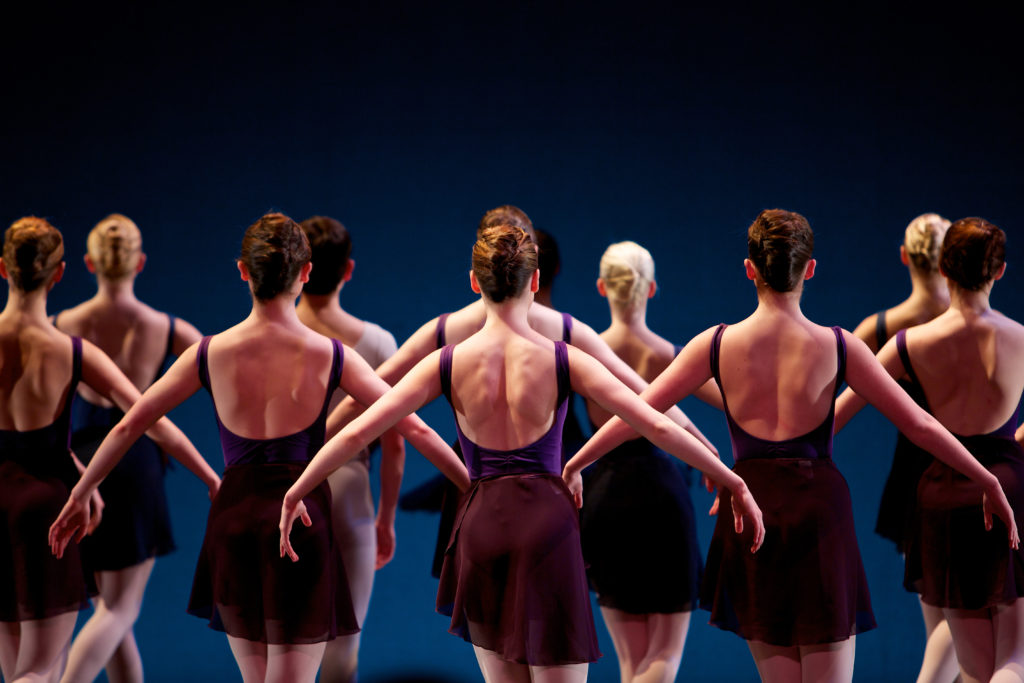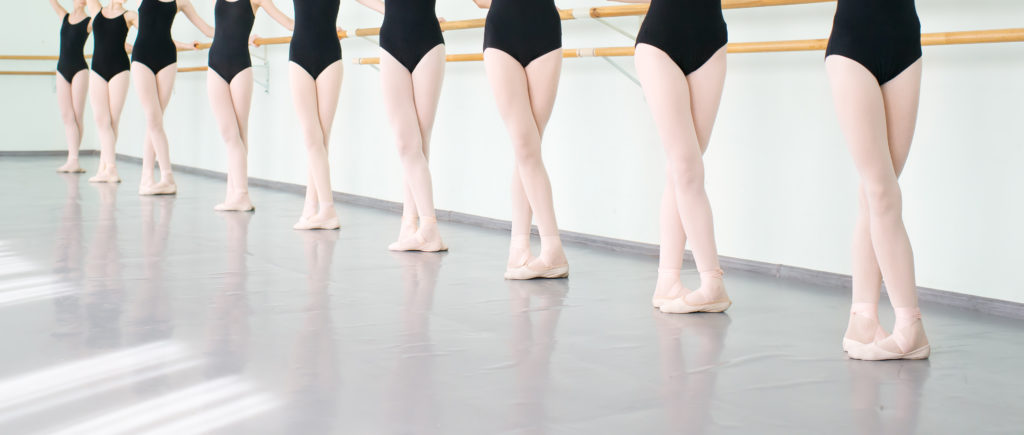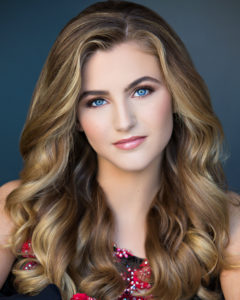Winter is here and ‘tis the season for stiff muscles and cold feet! Maybe your body feels a little tighter walking into class from the cold weather. Maybe your ankles crack a little more. Maybe you are a little reluctant to take off your warm-ups in a cold dance studio. Our bodies can feel a little different in the winter so let’s talk about how to properly warm-up in order to prevent injury. The last thing you’ll want to do is jump straight into a class cold!
Whether you are warming up for a performance or a class, you will want to consider what type of movement is ahead of you. Are you about to perform anything acrobatic? Will you be partnering? Are you preparing to put on pointé shoes? In each of these examples, your warm-up should look slightly different.
Even if you are entering a class where you know the teacher will start out with a warm-up and gradually build intensity throughout the class, you should still take some time to warm-up on your own. This might include stretching, strengthening, and focusing on parts of your body that need a little extra care or heat. This is not the time for a full blown work out but going through some exercises will be beneficial before any class, rehearsal, or performance.
Here are some examples of practices you might want to include in your own warm-up ritual. Choose a couple that sound like something you could benefit from:
- Core engagement exercises like planks
- Glute activation like squats with resistance bands
- Barre stretches to loosen your back, hamstrings, and hips
- Yoga poses like downward facing dog to loosen the hips and calves
- Series of relevés to warm up your calves (this is a top warm up move to prevent injury!)
- Practice balances and “get on your leg”
- Roll out your muscles and feet with a roller
- Scrunch a towel with your toes to warm up your feet (very important if you are putting on pointé shoes!)
- Use an electric heating pad to keep a muscle group warm (Especially if this area is prone to injury)
If you are preparing for a show, you might have a group warm up with your fellow dancers or cast mates. This could include a ballet class on stage, just ballet barre, or some light conditioning. If there is a group warm up, take advantage of this! Use this class to warm up without wearing yourself out. Since it is right before a show, you can probably make this class your own. Spend some extra time in a plié if you need it, or take an extra moment to find your center as you go through class. Your teacher might emphasize that this time is for you!
In these Winter months, you will want to put some extra emphasis on literally warming up your body. Walking in a studio when it’s 30 degrees outside means you might need to take more time to warm-up or wear more layers into class. Wear warm clothing like sweatpants, leg warmers, sweaters, vests, and thick socks to keep yourself warm. You can peel away layers as you get warmer during class.

